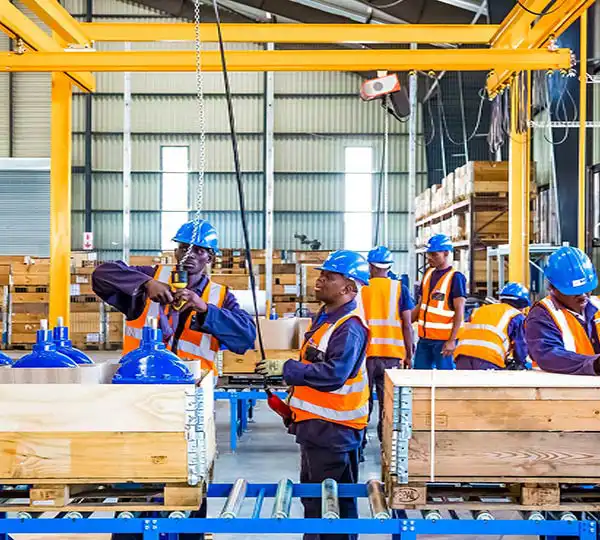
Unlocking Potentials through Distributed Teams – Part 2
 Distributed teams are differentiated by their intention and planning. The team formation is not by accident rather through deliberate systems and practices around communication, coordination, collaboration, organisation, operations, and culture.
Distributed teams are differentiated by their intention and planning. The team formation is not by accident rather through deliberate systems and practices around communication, coordination, collaboration, organisation, operations, and culture.
Maximising the Potentials of Distributed Teams
Many businesses prefer the distributed team option as it helps to cut down cost, especially software companies that need to hire bigger development teams to increase the speed of what they produce. Customer service-oriented organisations like the telecom companies could also leverage distributed teams by having its teams deal with customer complaints at different parts of the country for easy resolution of complaints and having access to a workforce that understands peculiarities of a particular environment. Listed below are some of the other benefits of having a distributed team by an organisation:
- Develops a Diverse Team: A culturally diversified distributed team encourages the team to think out of the box, accepting and adopting ideas that are new and unconventional. It is a way to build an innovative team
- Provides More Flexibility: Relocation of a team member to another geographical location in a distributed team does not necessarily affect the team, a distributed team structure can accommodate the move without losing the valued team member.
- Builds Team Wherever Talent Lives: An organisation located in a highly competitive area talent-wise can leverage the distributed team to hire talents where there are better demand and supply for the right talents required for its operations
Guidelines to overcome challenges of distributed team
There is a possibility of encountering some challenges in having a distributed team, steps explained below will help in mitigating those challenges:
- Get familiar with the team. Not working within the same facility should not be allowed to create a barrier. A personal relationship should be established with the individuals in the team with regular check-ins. Understand them, their culture, and show that you care for them and appreciate that they are the people behind the successes of the organisation.
- Set Clear Goals. Failure to have a good plan in place may spell doom for managing distributed teams. Projects or engagements should be developed with set KPIs and progress tracking. This will provide for a structured goal for individuals and set a clear role, responsibilities, and deadlines for every engagement. They can set up weekly status updates and communicate important milestones achieved through both formal and informal channels
- Respect for Time. The team should understand and respect the fact that they work in different time zones. The team is required to optimise the overlapping work time.
- Employee Rotation. Members of a distributed team should rotate the different locations. The entire team should meet in a single location for quarterly/annual meetings or retreats. This allows them to interact with one another in a more relaxed environment. This eliminates any existing barriers between members.
Conclusion
With the recent trends and development in the workspace, having all workers packed in the same facility is fast becoming old fashioned; the implementation of a distributed team has become unavoidable. COVID-19 protocol that has espoused the social distancing and travelling restrictions have further given credence to the adoption of distributed teams.










